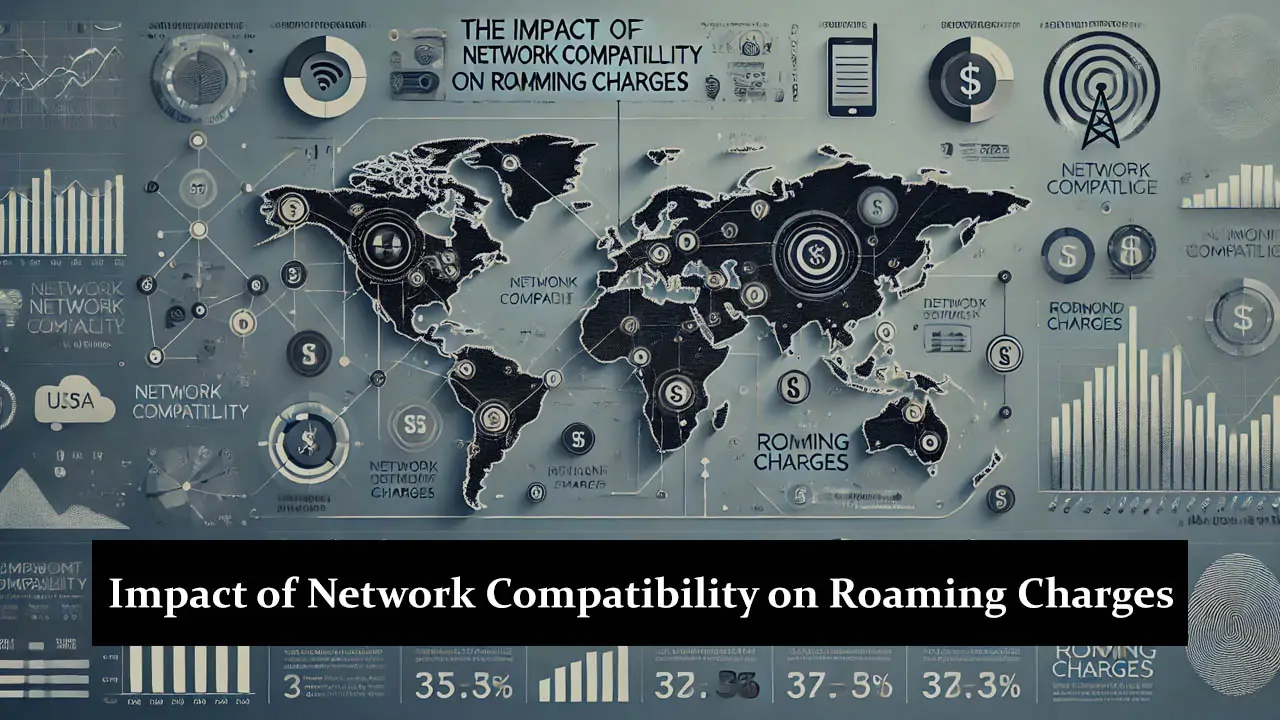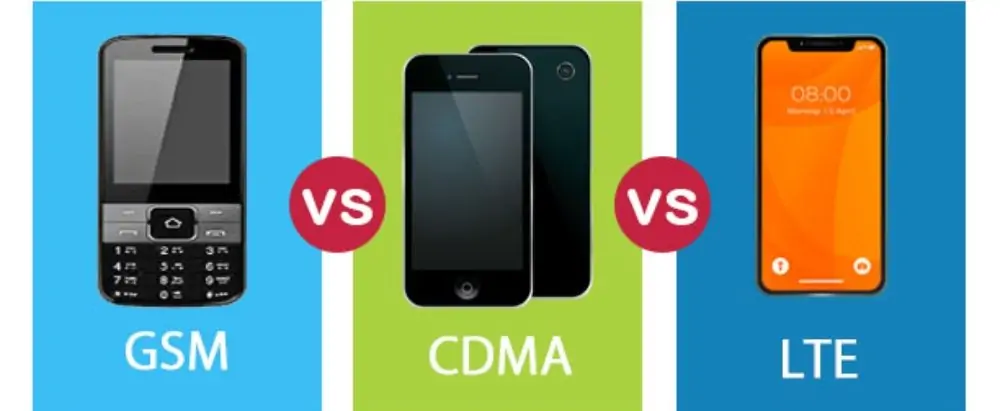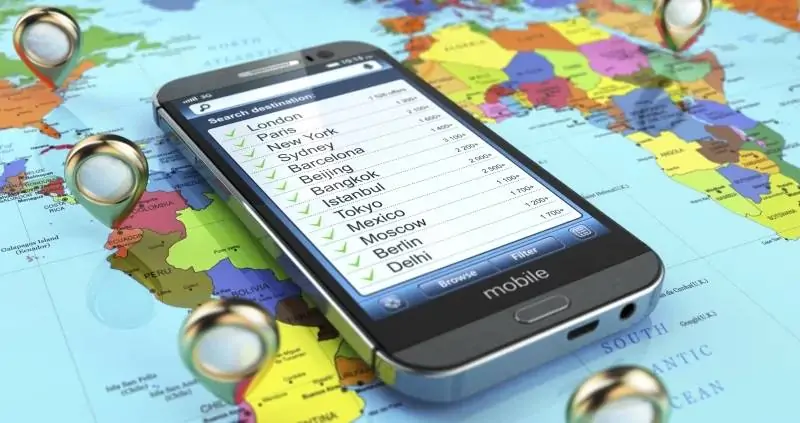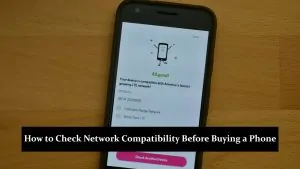Imagine returning from a blissful vacation only to find an exorbitant phone bill waiting for you. This is a common scenario for many travelers who fall prey to unexpected roaming charges. International travelers have experienced bill shock due to roaming charges, highlighting the importance of understanding mobile network compatibility when traveling abroad. Understanding network compatibility is crucial in managing and reducing roaming charges when traveling internationally. By familiarizing yourself with roaming and ensuring your device is compatible with the local networks, you can avoid unexpected costs and stay connected without breaking the bank.
Understanding Roaming and Network Compatibility
Roaming?
Roaming refers to using your mobile phone outside your home network. When you travel internationally, your phone connects to networks provided by local carriers. It occurs when your phone automatically connects to a foreign network, allowing you to make calls, send texts, and use data. However, this often comes at a premium cost.
Network Compatibility
Network bands and frequencies are the specific ranges within which wireless communications operate. Different countries and carriers use different bands and frequencies.
Differences between GSM, CDMA, and LTE networks
- GSM (Global System for Mobile Communications): Widely used worldwide, especially in Europe and Asia.
- CDMA (Code Division Multiple Access): Predominantly used by carriers like Verizon and Sprint in the United States.
- LTE (Long-Term Evolution): The global standard for high-speed wireless communication, compatible with GSM and CDMA networks
The Relationship Between Network Compatibility and Roaming Charges
How Network Compatibility Affects Roaming:
Importance of having a compatible device: A device compatible with the local network ensures seamless connectivity, reducing the likelihood of exorbitant roaming charges.
How network compatibility can lead to higher or lower roaming charges: Incompatible devices may connect to more expensive networks or fail to connect altogether, resulting in higher costs or limited service.
How to Check Network Compatibility
Tools and Resources:
Websites and Apps for Checking Compatibility
To ensure your mobile device will work internationally, you can utilize several websites and apps:
- Mobilekishop: Mobilekishop is an online platform providing detailed specifications, reviews, and comparisons of various mobile devices. It is a comprehensive resource for users looking to make informed decisions about their mobile purchases.
- GSMArena: This website provides detailed specifications of mobile devices, including network compatibility.
- Carrier-Specific Apps and Websites: Many carriers offer apps and websites where you can check if your device is compatible with international networks.
- Carrier Resources and Customer Service: Most carriers provide resources and support to help you check device compatibility with international networks. This can include online tools, customer service representatives, and in-store assistance.
Carrier Resources and Customer Service
Most carriers offer resources and support for checking device compatibility with international networks. Here are some ways to utilize these resources:
- Online Tools: Use your carrier’s online compatibility checker tool.
- Customer Service Representatives: Contact customer service for personalized advice.
- In-Store Assistance: Visit a carrier store for in-person help.
Steps to Ensure Compatibility Before Traveling
Researching the Destination Country’s Networks
Before you travel, it’s essential to research the network bands and frequencies used in your destination country:
- Look Up Network Bands and Frequencies: Search for the specific network bands and frequencies used in your destination country to ensure your device supports them.
- Check Compatibility with Local Carriers: Verify that your device is compatible with the local carriers’ networks.
Contact Your Carrier for Advice
Your carrier can provide valuable information and assistance to ensure your device works abroad:
- Reach Out to Customer Service: Contact your carrier’s customer service for information on international plans and device compatibility.
- Ask About International Plans: Inquire about international plans that make using your device abroad more affordable.
- Get Detailed Compatibility Information: Request detailed information about which network bands and frequencies your device supports and how they align with those used in your destination country.
Using Websites and Apps:
- Visit top websites to check detailed device specifications like GSMArena, Whatmobile & Mobilekishop.
- Use your carrier’s app or website to check compatibility.
- Utilize carrier resources and customer service for additional support.
Researching Networks:
- Search for network bands and frequencies used in your destination country.
- Verify compatibility with local carriers.
Contacting Your Carrier:
- Reach out to customer service for advice.
- Ask about international plans.
- Request detailed compatibility information.
Additional Considerations
Dual SIM and eSIM Capabilities:
- Dual SIM Devices: Ensure your secondary SIM slot is unlocked and compatible with international networks.
- eSIM: If your device supports eSIM, check if the destination country’s carriers offer eSIM plans.
Unlocking Your Device:
- Check if Your Device is Unlocked: Ensure your device is unlocked and can be used with other carriers.
- Request Unlocking from Carrier: If your device is locked, contact your carrier to request it to be unlocked for international use.
Tips for Reducing Roaming Charges
Using Local SIM Cards:
- Benefits and how to get a local SIM card: Local SIM cards offer cheaper data, calls, and text rates. You can purchase them at the airport or local stores.
International Plans and Add-ons:
- Options provided by carriers: Many carriers offer international plans that charge a fixed fee for a fixed amount of data, calls, and texts.
- Comparing costs and benefits: Evaluate the cost of international plans versus local SIM cards to find the most economical option.
Using Wi-Fi and Alternative Communication Apps:
- How to make the most of Wi-Fi: Connect to Wi-Fi whenever possible to avoid data charges.
- Apps for communication that avoid roaming charges: Use apps like WhatsApp, Skype, and Viber for calls and messages over Wi-Fi.
Conclusion
Understanding network compatibility is essential for managing and reducing roaming charges while traveling. Ensuring your device is compatible with local networks, researching the destination country’s network options, and exploring alternatives such as local SIM cards and international plans can significantly reduce costs.








